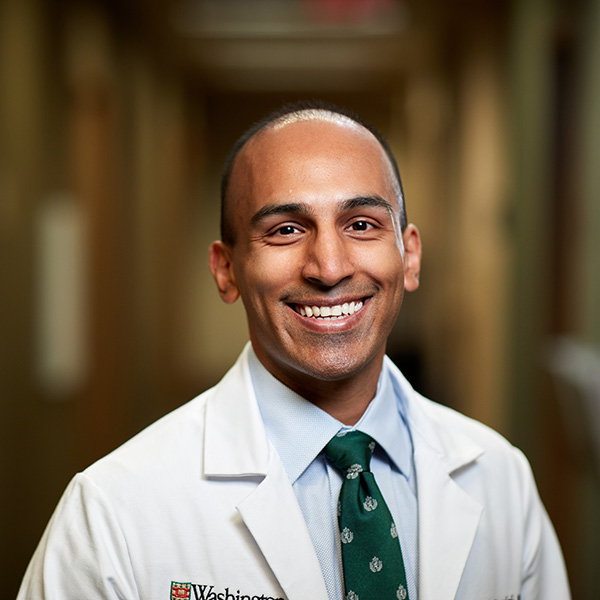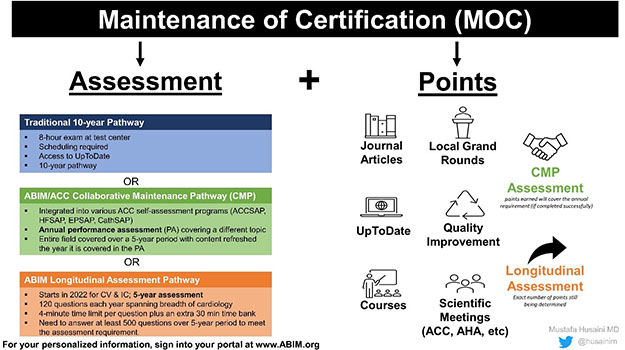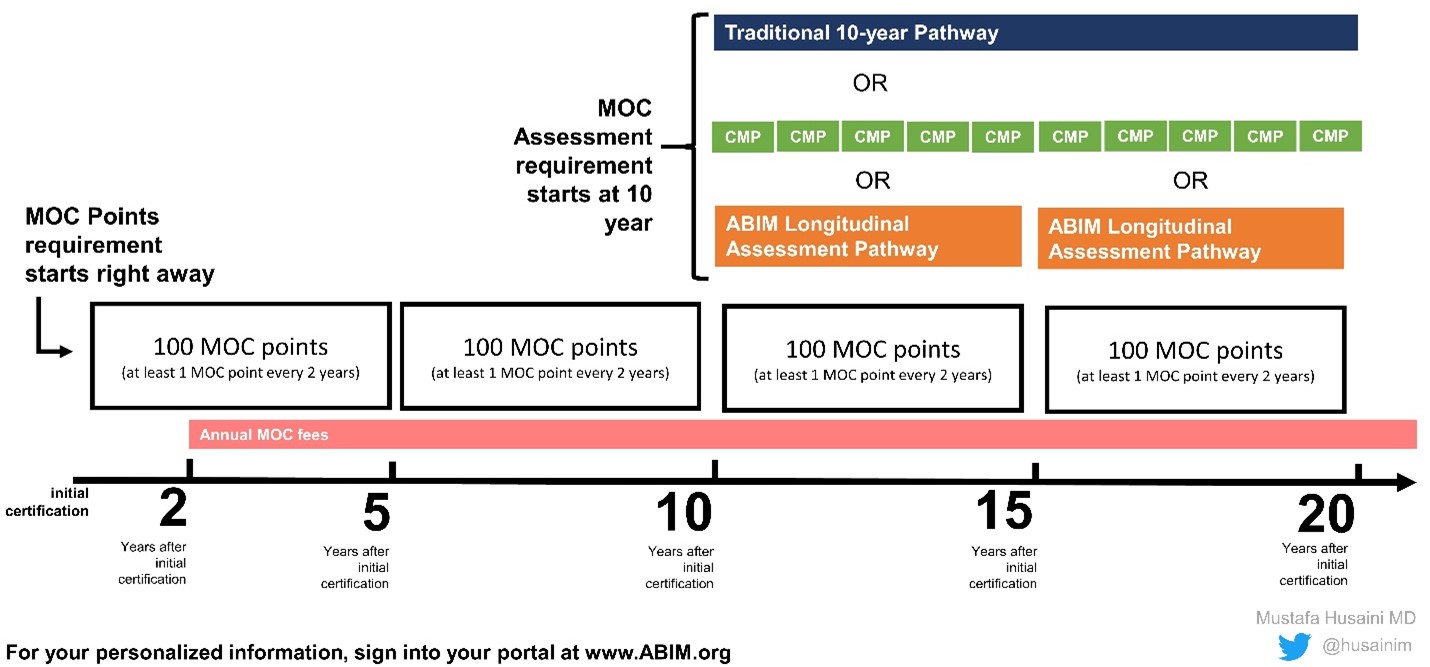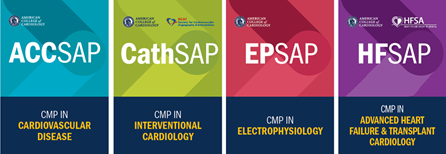I Just Passed Cardiology Boards…Now What Do I Do With the Alphabet Soup of Maintaining Certification?

"Live as if you were to die tomorrow. Learn as if you were to live forever."
– Mahatma Gandhi
Congratulations on passing boards! For many of us, the last few years have been an exercise in recurrent high-stakes standardized test-taking. While we are now free to focus on our career endeavors and "live as if we were to die tomorrow" without the prospect of yet another upcoming standardized exam, it is imperative that we do not lose track of our internal academic drive. Without the regular checkpoints that medical training provided, we can get lost on what we are required to do to maintain certification. Before 1990 physicians who passed the ABIM Certification Exam – often referred to as "initial certification" – were certified for life. As medical advancements started to outpace an individual's capacity to "know it all", it was recognized that physicians needed a means to demonstrate they were keeping their knowledge current, and hence Maintenance of Certification (MOC) was born.
What Exactly is CME, MOC, and the rest of the Alphabet Soup
The first item that all early career (EC) physicians should know is the difference between Continuing Medical Education (CME) and MOC. CME is a state requirement for licensure that is administered by the Accreditation Council for Continuing Medical Education (ACCME). MOC is required by the American Board of Internal Medicine (ABIM) - the certifying board for internal medicine, cardiovascular disease, and the cardiovascular sub-specialties - to maintain their certification.
CME can cover a wide range of topics, from medicine to wellness to financial education. From a regulatory standpoint, hospitals and insurance companies may require a specific number of CME and state medical boards sometimes require annual CME to maintain licensure (check your state with this website). While CME pertains to state licensure, MOC pertains to our board certification. Thanks to a collaboration between ABIM and ACCME, most activities that earn MOC points also count for CME.

Figure 1: Breakdown of MOC Components
There are two components within MOC that we need to be aware of – the assessment requirement and the points requirement (Figure 1). The assessment section is the certification that needs to be renewed, traditionally every 10 years. New assessment options, however, are mentioned below that promote ongoing learning and do not follow the traditional 10-year path.
The points requirement refers to the need to earn 100 MOC points every five years (and at least one MOC point every two years) with points earned from a variety of topics. If you are a sub-specialty fellow, then 20 MOC points are automatically earned each year of eligible fellowship training. In addition to participating in assessments, points accumulate during our routine activities (Figure 1). For example, entering your ABIM credentials into UpToDate® earns 0.25 MOC points each time you search. Journal articles and the Online Learning Catalog on ACC.org offer free MOC points as well. Furthermore, scientific meetings, local grand rounds, and specialty courses are also sources of MOC points.
How Does All of This Work?
The good news is that after becoming board certified, we have 10 years before our next assessment is due (Figure 2). The MOC points requirement, however, starts right away. You can start earning points towards your 5-year point requirements (still much have at least one MOC point every two years) as soon as you pass the initial certification exam.

Figure 2: Timeline for MOC Assessment & MOC Points
When you sign into your personal ABIM portal you can see your current MOC status, requirements, and any fees that may be due. The first year of MOC fees are waived, as are any fees during sub-specialty fellowships. Then, annual MOC fees become due each year and need to be paid in order to complete the points requirement. Options include paying on time every year at the regular rate, paying after your fees are past due with the normal rate plus late fees, or pre-paying years in advance at a reduced rate.
Regarding the MOC assessment requirement, there are currently three options to choose from. They include the Traditional 10-year MOC assessment, the ABIM/ACC Collaborative Maintenance Pathway (CMP), and the Two-year Knowledge-Check-In (KCI) which is currently being transitioned to the ABIM Longitudinal Assessment (LA) in 2022. The Traditional 10-year assessment consists of a proctored 8-hour exam at a testing center where you can access UpToDate and will receive results in about 6-8 weeks.
The CMP is a relatively new MOC assessment option offered by ABIM and ACC with the goal of integrating lifelong learning with assessment. It is currently available for four different specialty areas and is delivered through the ACC self-assessment program (SAP) for each respective specialty, as outlined in the figure below.

To promote continuous learning, the CMP allows us to focus on 20% of the field each year, so that over a period of 5 years, our entire knowledge of the field will be refreshed. After purchasing the relevant SAP and enrolling in the CMP, we need to spend 7+ hours engaging with the topic(s) of focus for the year – akin to studying for initial boards; watching lectures, reading text, doing questions – and then pass the performance assessment (PA) for that year. CME and MOC points are available each year as well. While the CMP has a 5-year blueprint to cover the entire field, it is still an annual assessment that needs to be passed in order to continue within this pathway.
The CMP is an integrated program between ABIM and ACC for general cardiology, advanced heart failure, electrophysiology, and interventional cardiology through the self-assessment program (SAP) for each respective specialty (ACCSAP, HFSAP, EPSAP, CathSAP). After purchasing the relevant SAP and enrolling in CMP, we need to spend 7+ hours engaging with the program – akin to studying for initial boards; watching lectures, reading text, doing questions – and then pass the performance assessment (PA) for that year. Each year contains a different topic, which is updated in the year of its PA, which will qualify for both MOC points and MOC assessments. A key feature of the CMP is that it covers only a single stratum of the field each year as opposed to the breadth of the field. A second point to remember is that while CMP has a 5-year blueprint to cover the entire field, it is still an annual assessment that needs to be passed in order to continue within this pathway.
The longitudinal assessment is starting in 2022 for cardiovascular disease. It will not be available for ACHD or advanced heart failure due to the smaller size of these disciplines; EP will be reevaluated in 2024. There will be 120 questions offered each year that span the breadth of the field. Over the 5-year cycle, we need to answer at least 500 questions to meet the participation requirement. Per question, there is a 4-minute time limit; however, there is an extra 30-minute time bank that can be tapped into, if needed. Within each program, there will be a score needed to pass the performance requirement. MOC points will be earned as you participate in the pathway, although the exact number of points is still being determined.
What Do I Need to Start Doing?
While our next assessments are not due for 10 years, the MOC points requirements have already started. With a small degree of planning, it is very easy to obtain the required 100 MOC points every 5 years through attendance at medical conferences, grand rounds, journal articles, and using UpToDate. The other aspect that we need to remember is paying our annual fees and ensuring that we pay them on time or early to avoid any late penalties. Whether we are the late-night crammer, the steady as she goes doer, or the meticulous planner, there are multiple assessment pathways that we can fit to our individual learning style. Whichever pathway you take, it is important to evoke the words of Mahatma Gandhi and continue learning as if you were to live forever.
